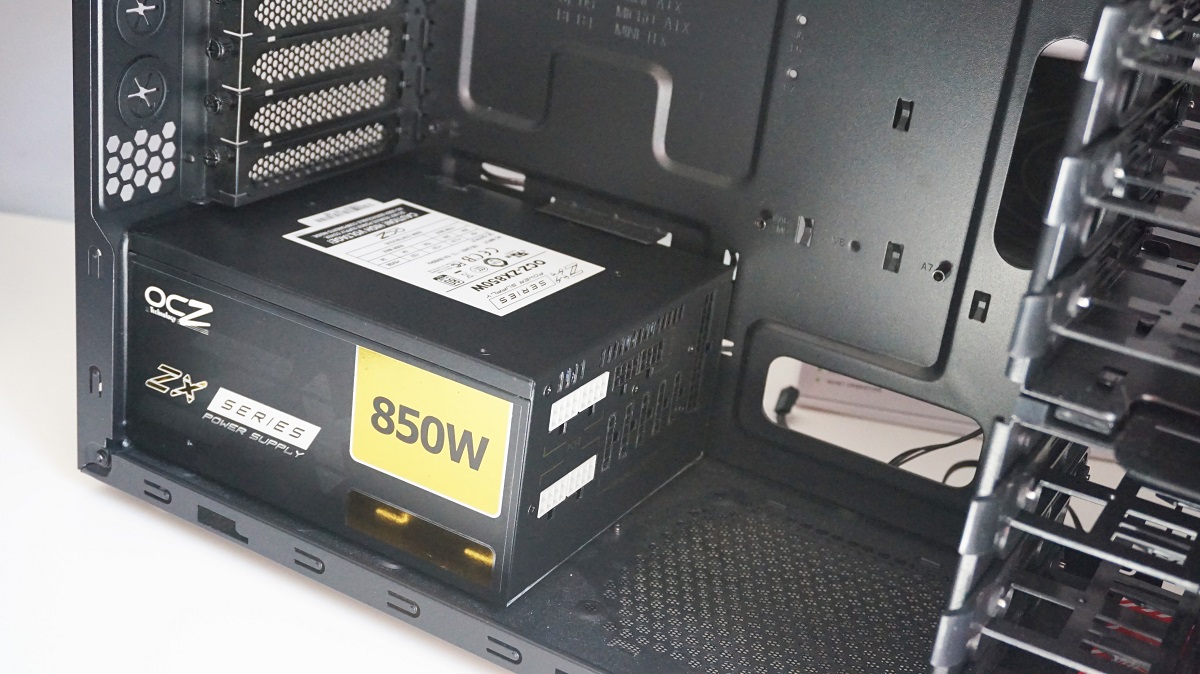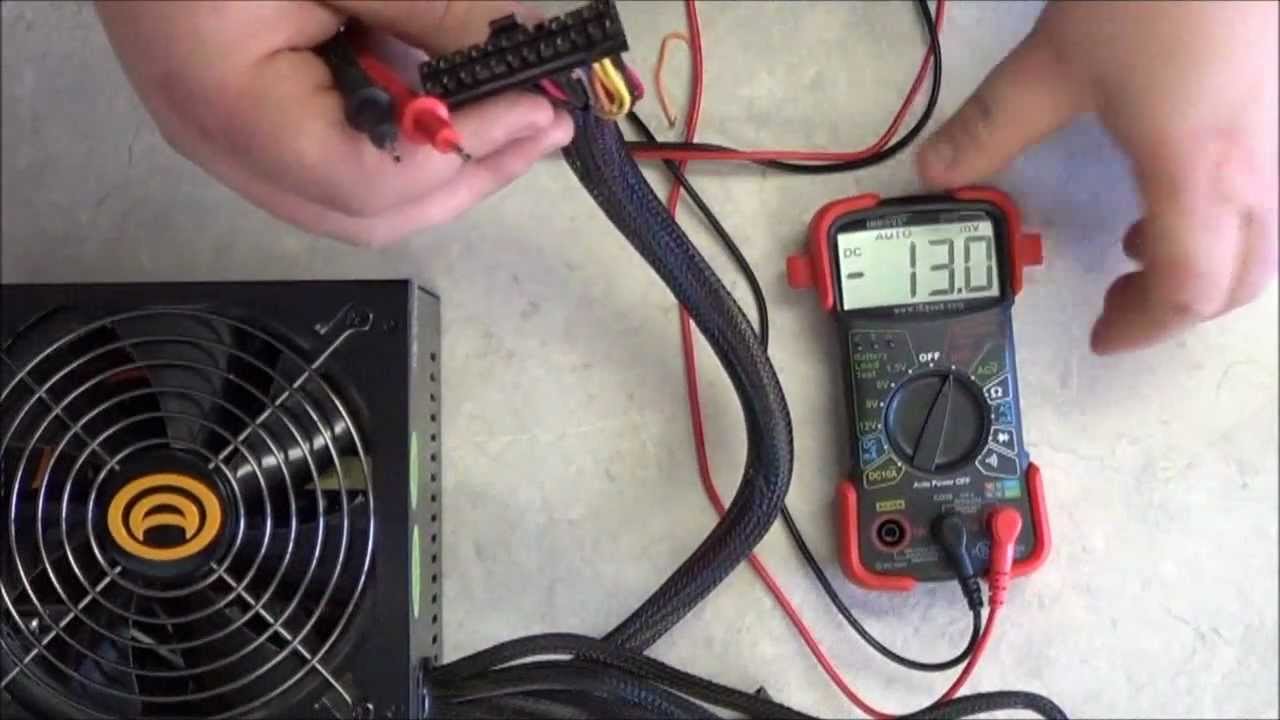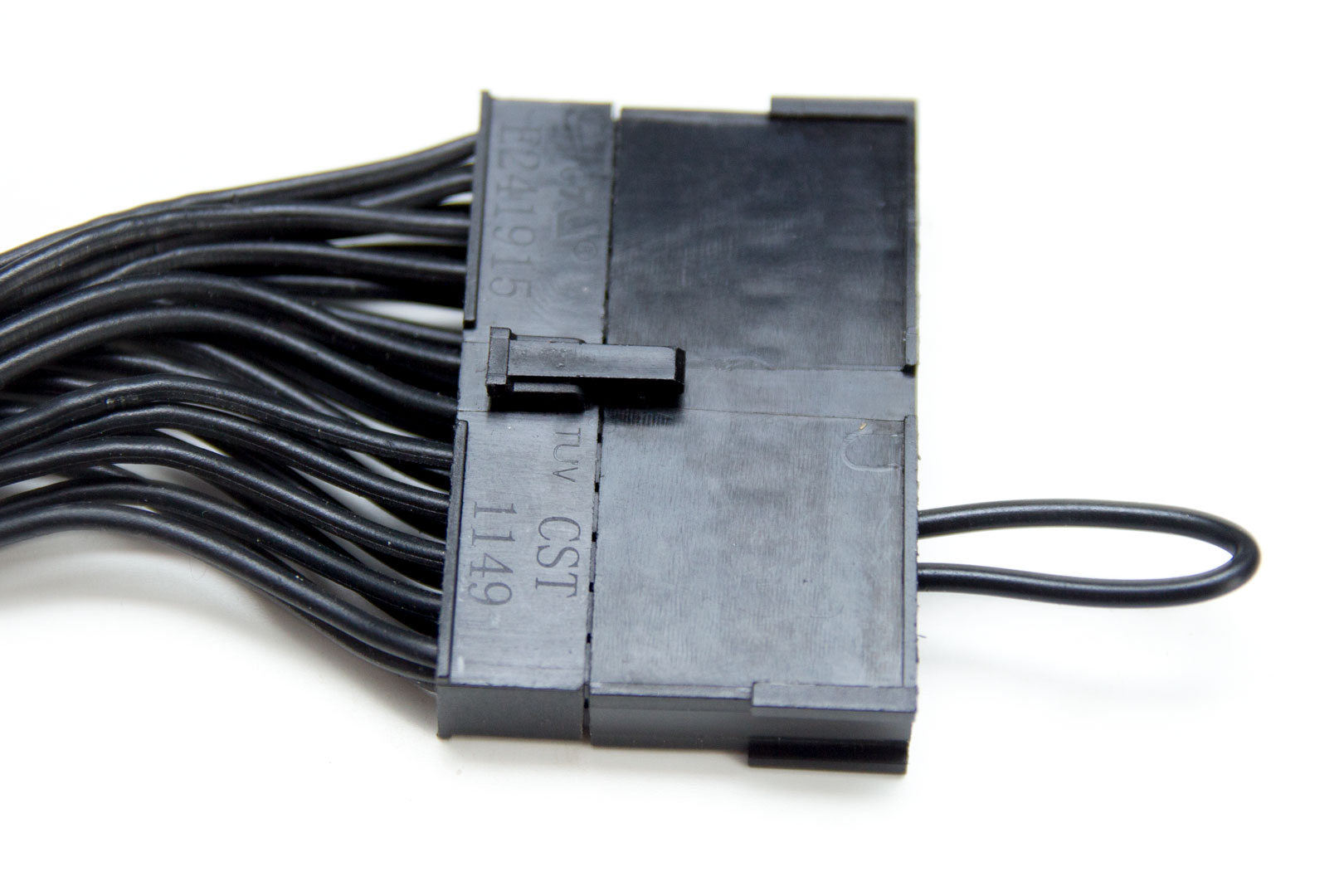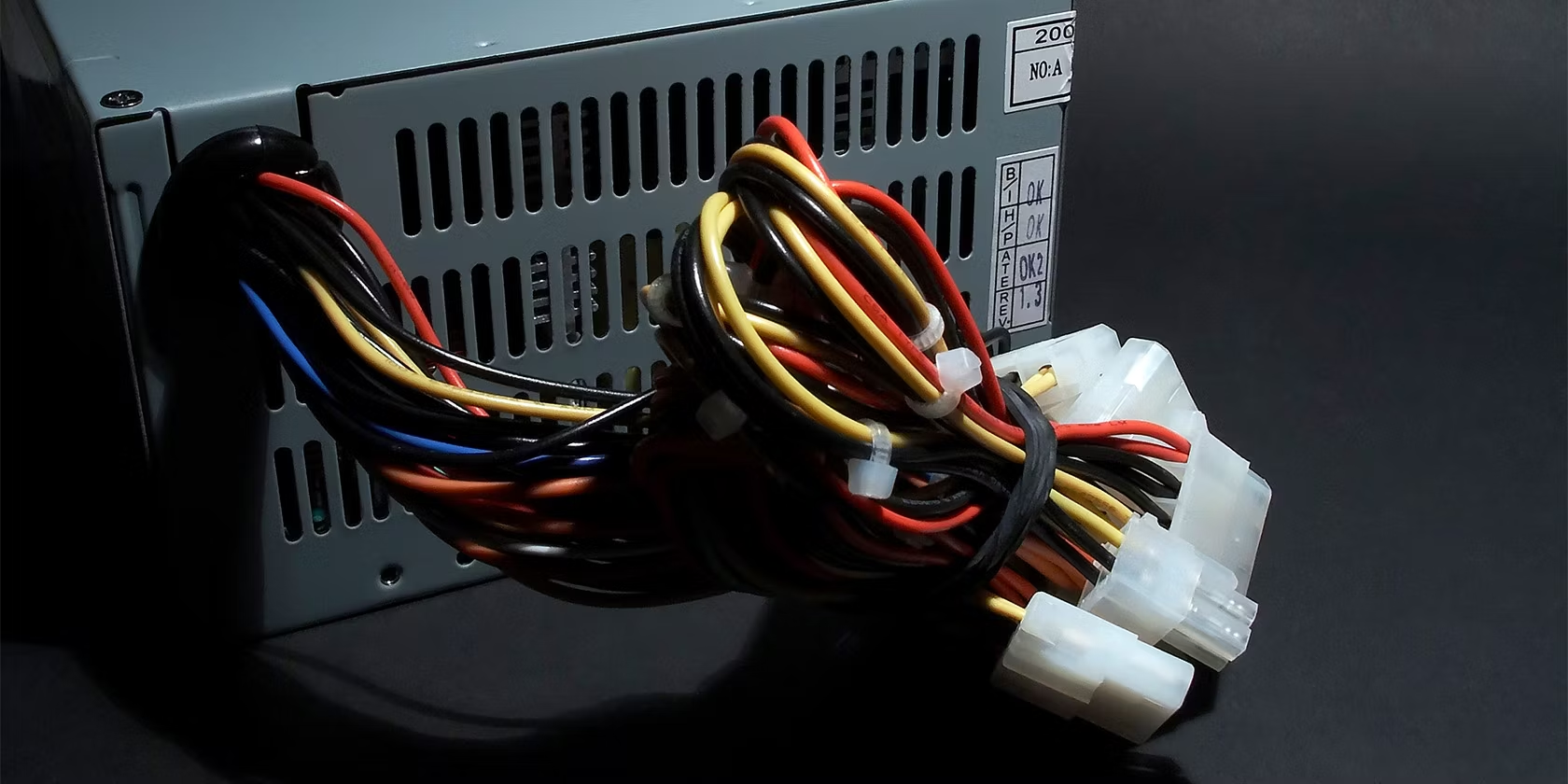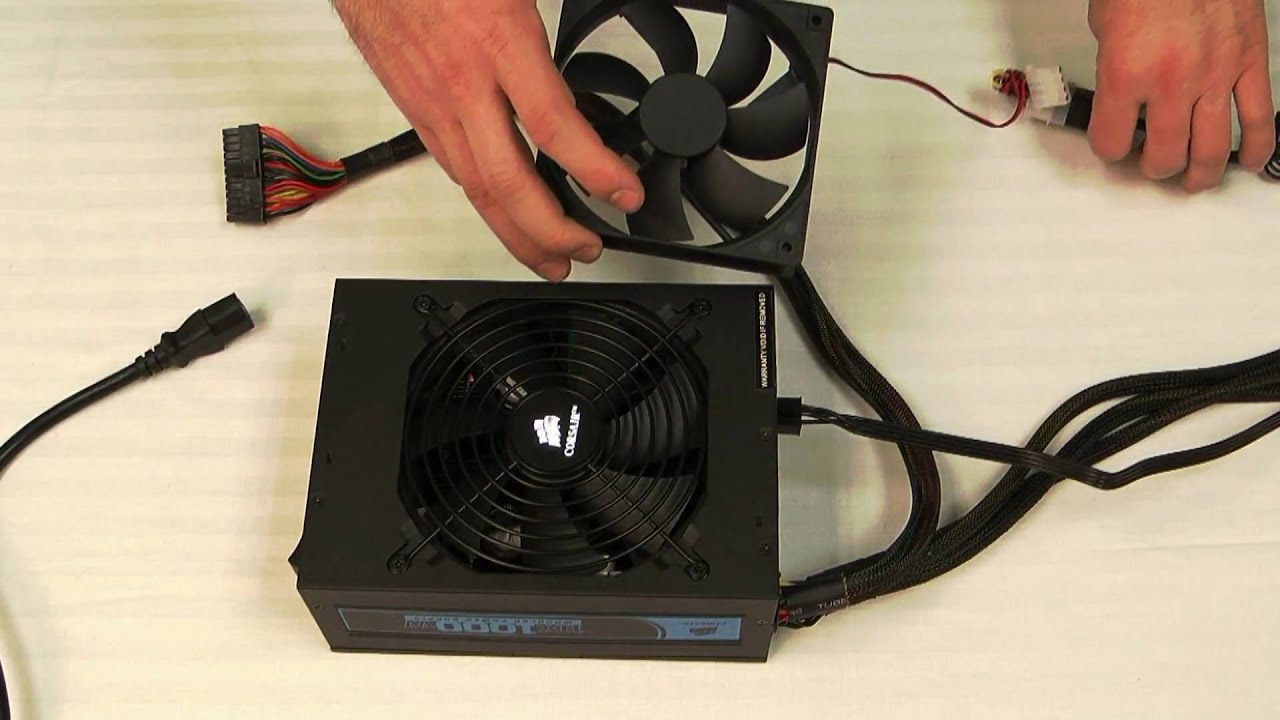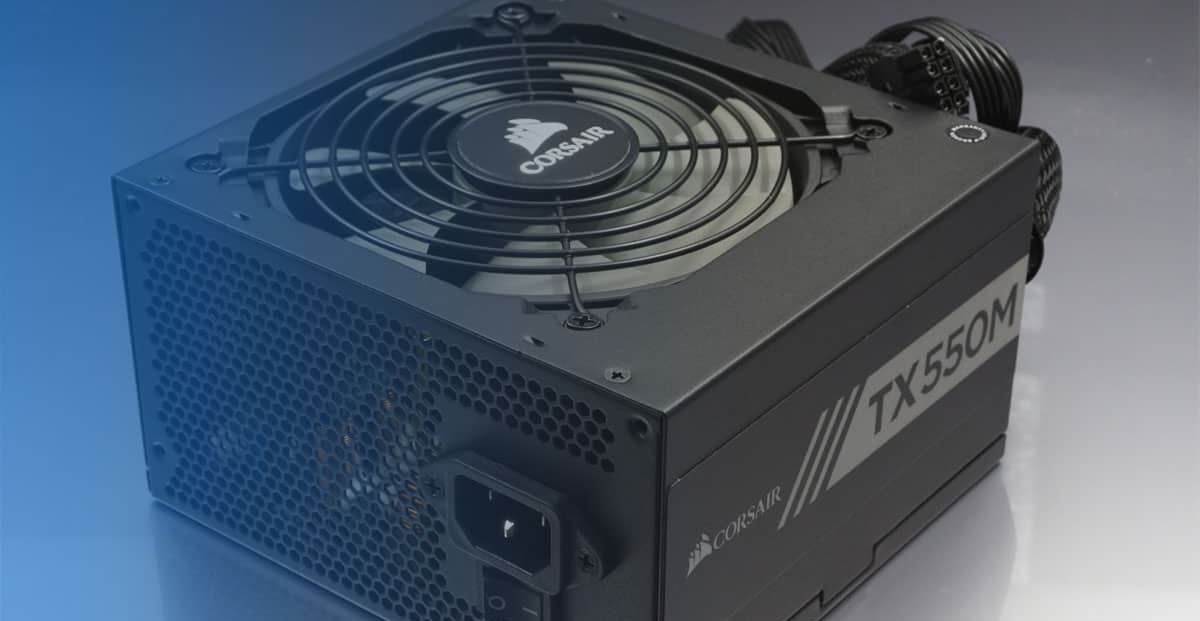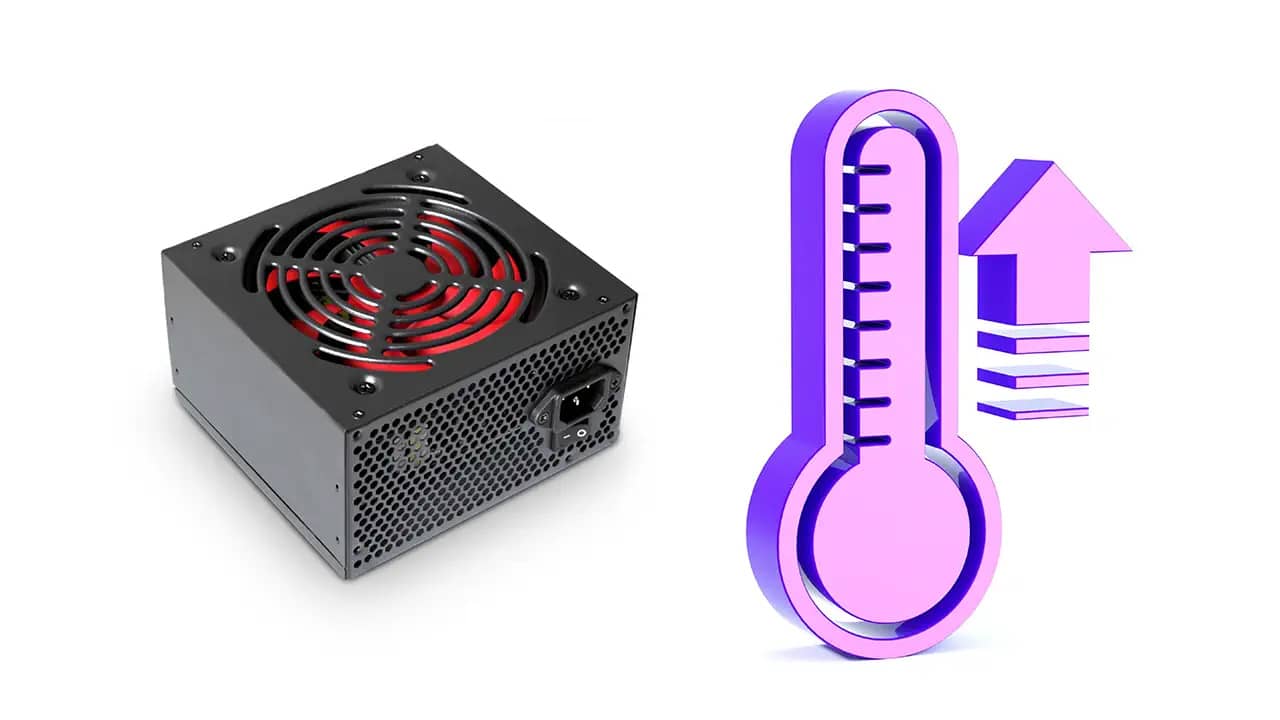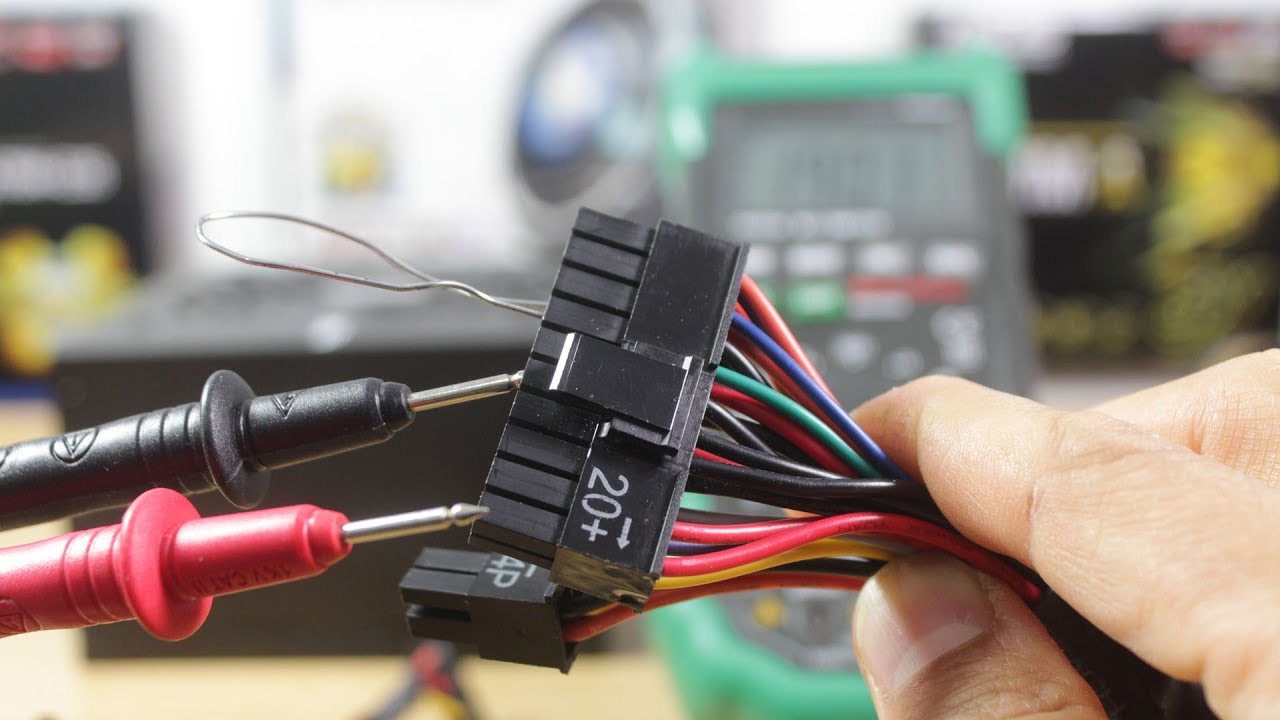Introduction
When it comes to understanding the components of a computer, one crucial element that often goes overlooked is the PSU or Power Supply Unit. The PSU is responsible for delivering stable power to all the other components of a computer, ensuring their proper functioning.
Whether you’re a tech enthusiast or a casual computer user, it’s important to have a basic understanding of where the PSU is located in a computer and its significance. This knowledge can help you troubleshoot power-related issues, upgrade your system, or even build a custom computer.
In this article, we will explore the role of the PSU in a computer system and delve into the specific locations where it can be found in both desktop and laptop computers. Additionally, we will discuss some considerations regarding PSU placement that can impact the performance and longevity of your computer.
So, let’s delve deeper into the world of Power Supply Units and discover their crucial role in modern computers.
What is a PSU?
A PSU, or Power Supply Unit, is an essential component of a computer that converts electrical power from an outlet into the various voltages needed to power the internal components of the system. It acts as the heart of the computer, delivering a steady and regulated power supply to ensure the proper functioning of all hardware components.
The PSU takes the AC (alternating current) power from the electrical outlet and converts it into DC (direct current) power that is required by the computer’s components. It provides power to the motherboard, graphics card, hard drives, fans, and other peripheral devices.
PSUs come in different wattages to accommodate the power requirements of different systems. Higher wattage PSUs are typically required for gaming PCs or systems with high-performance components, while lower wattage PSUs may be sufficient for basic office computers.
In addition to providing power, PSUs also protect the computer from power surges and fluctuations. Many PSUs are equipped with features like overvoltage protection, overcurrent protection, and short circuit protection to safeguard the internal components from damage.
In recent years, there has been a rise in more energy-efficient PSUs, which not only help reduce energy consumption but also emit less heat, thereby improving overall system performance and longevity.
Overall, without a properly functioning PSU, a computer cannot operate effectively. It is vital to choose a high-quality PSU that matches the power requirements of the system and ensures stable and reliable power delivery to maximize the performance and lifespan of the computer.
Importance of the PSU in a Computer
The PSU plays a critical role in ensuring the stability and reliability of a computer system. Here are a few key reasons highlighting its importance:
- Power Distribution: The PSU distributes power to all the components of a computer, including the motherboard, CPU, graphics card, and storage devices. Each component requires a specific voltage to function properly, and the PSU ensures that the correct voltages are delivered consistently.
- System Performance: A high-quality PSU with sufficient wattage can provide a steady and reliable power supply, which translates to better performance. It ensures that all the components receive the required power to operate at their maximum potential, resulting in smoother and faster computer operations.
- Component Protection: The PSU acts as a protective barrier against power-related issues. It incorporates various safety features like surge protection, voltage regulation, and short circuit protection, which safeguard the internal components from damage caused by power surges or fluctuations.
- System Stability: A stable power supply is vital for the stability of a computer system. Fluctuating or insufficient power can lead to system crashes, data corruption, or hardware failures. A reliable PSU ensures a consistent power flow, minimizing the chances of system instability and interruptions during critical tasks.
- Future Upgrades: Selecting a PSU with higher wattage than currently required allows room for future upgrades. If you plan to add more powerful components, such as a faster graphics card or additional storage drives, a robust PSU can handle the increased power demands without requiring an upgrade.
In summary, the role of a PSU in a computer cannot be underestimated. It ensures proper power distribution, protects components, enhances system performance, and contributes to overall system stability. Choosing a reliable PSU with adequate power capacity is essential for optimal computer operation and longevity.
Where is the PSU Located in a Desktop Computer?
In a desktop computer, the PSU is typically located at the rear of the case. It is commonly positioned at the top or bottom of the case, near the back panel where the motherboard’s I/O ports are located.
The PSU is housed in its own dedicated compartment within the computer case, separate from the other components. This compartment is often located at the bottom of the case to provide stability and efficient cooling.
Most modern desktop computer cases have a removable side panel that allows easy access to the internal components. Once the side panel is removed, you will find the PSU compartment at the rear of the case.
The PSU has its own power cable that connects to the electrical outlet. This cable is usually attached to the back of the PSU and can be used to supply power directly to the PSU.
Additionally, the PSU has several cables with connectors that extend from its rear panel. These cables are used to provide power to various components inside the computer, such as the motherboard, graphics card, hard drives, and fans.
It is important to note that the PSU compartment may vary in size and design depending on the computer case. Some cases have a separate compartment with a dedicated PSU shroud, while others may have an open design where the PSU is more easily accessible.
When installing or replacing a PSU in a desktop computer, it is crucial to ensure that the power supply unit matches the form factor and dimensions supported by the computer case. This ensures a proper fit and proper cable routing for efficient cable management.
Overall, the PSU in a desktop computer is conveniently located at the rear of the case, in its dedicated compartment. Its positioning allows for easy installation, cable management, and efficient cooling to maintain the stability and performance of the computer system.
Where is the PSU Located in a Laptop Computer?
In contrast to desktop computers, the PSU in a laptop computer is not located in a separate compartment or area within the device. This is because laptops are designed to be compact and portable, requiring a different method of power supply.
The PSU in a laptop is typically integrated into the laptop’s chassis and is commonly referred to as an AC adapter or charger. It is an external component that provides power to the laptop through a power cord that connects to an electrical outlet.
When you look at a laptop, you will notice a DC power jack on its side or rear panel, which is where the AC adapter plugs into the laptop. The AC adapter transforms the incoming AC power into DC power, similar to a PSU in a desktop computer, and supplies it to the laptop’s internal components.
The AC adapter is responsible for converting and regulating the power from the electrical outlet to match the specific voltage and requirements of the laptop. It provides a consistent power supply to the laptop, allowing it to operate properly.
The AC adapter also charges the laptop’s internal battery, enabling the device to be used without a direct power source. This allows for mobility and convenience, as laptops can be used on the go without needing to be constantly plugged into an outlet.
It’s important to note that not all laptops have the same type of AC adapter. The size, shape, and connector of the AC adapter can vary depending on the laptop manufacturer and model. Therefore, it is crucial to use the correct AC adapter that is specifically designed for your laptop to ensure compatibility and prevent damage.
In summary, the PSU in a laptop computer is not located internally like in a desktop computer. Instead, it is in the form of an external AC adapter that converts and regulates the power from an electrical outlet to provide a steady power supply to the laptop’s internal components and charge its battery.
PSU Placement Considerations
When it comes to the placement of the PSU in a computer system, there are several important considerations to keep in mind. These considerations can impact the overall performance, cooling, and cable management of the system. Here are some key factors to consider:
- Adequate Ventilation: It is crucial to ensure that the PSU has sufficient airflow and ventilation to prevent overheating. Placing the PSU in a well-ventilated location within the computer case, away from obstructed areas, can help maintain optimal temperatures and prevent thermal throttling.
- Cable Management: Proper cable management is essential to ensure efficient airflow and a neat and organized interior. Routing and securing the PSU cables properly can help improve airflow, minimize cable clutter, and facilitate easier maintenance and component upgrades in the future.
- Form Factor Compatibility: When purchasing a PSU, it is important to ensure that it is compatible with the form factor of your computer case. Different form factors, such as ATX, Micro-ATX, or Mini-ITX, may have different PSU mounting options. Choosing a PSU that fits the available space in your case is crucial for a proper installation.
- Noise Considerations: The location of the PSU can affect noise levels in your system. Placing the PSU in a position that minimizes noise transmission to other components or outside the case can help maintain a quieter computing experience.
- Accessibility: Ensuring easy access to the PSU in case of maintenance or replacement is important. Selecting a computer case that provides easy access to the PSU compartment or the rear of the case can simplify the process of installing or upgrading the PSU.
These considerations may vary depending on the specific requirements of your computer system and your personal preferences. It is important to strike a balance between functionality, aesthetics, and practicality when determining the placement of the PSU in your computer.
By carefully considering these factors, you can optimize the performance, cooling, and overall reliability of your computer system, ensuring efficient power delivery to all components and minimizing potential issues related to heat, cable management, and accessibility.
Conclusion
The Power Supply Unit (PSU) is an essential component of a computer system, responsible for converting and delivering stable power to all the other components. Understanding its role and placement in a computer is crucial for maintaining optimal performance and longevity.
In a desktop computer, the PSU is typically located at the rear of the case in its own dedicated compartment. It provides power to the motherboard, graphics card, storage devices, and other components through cables that extend from its back panel.
In contrast, laptop computers have an external AC adapter that serves as their PSU. This adapter is responsible for converting AC power into DC power and provides the necessary power to the internal components while also charging the laptop’s battery.
When considering the placement of the PSU, factors such as adequate ventilation, cable management, form factor compatibility, noise considerations, and accessibility should be taken into account to ensure optimal performance and ease of maintenance.
Having a reliable and properly placed PSU is essential for stable power distribution, protection of components, system performance, and overall system stability. It is recommended to choose a high-quality PSU that matches the power requirements of your system and follow best practices for placement and cable management.
By understanding the importance and proper placement of the PSU in a computer system, you can ensure efficient power delivery, protect your components, and maximize the performance and lifespan of your computer.







